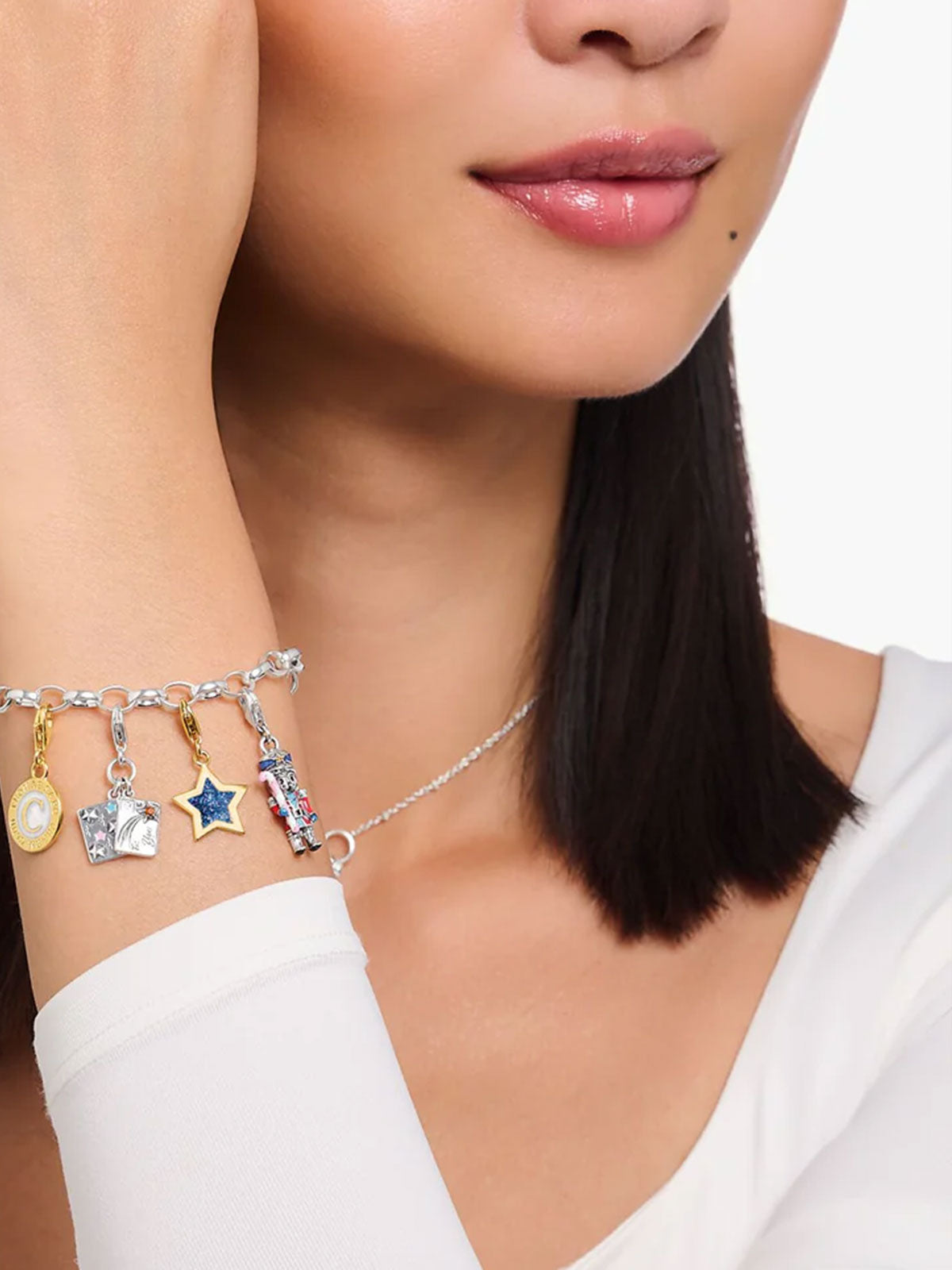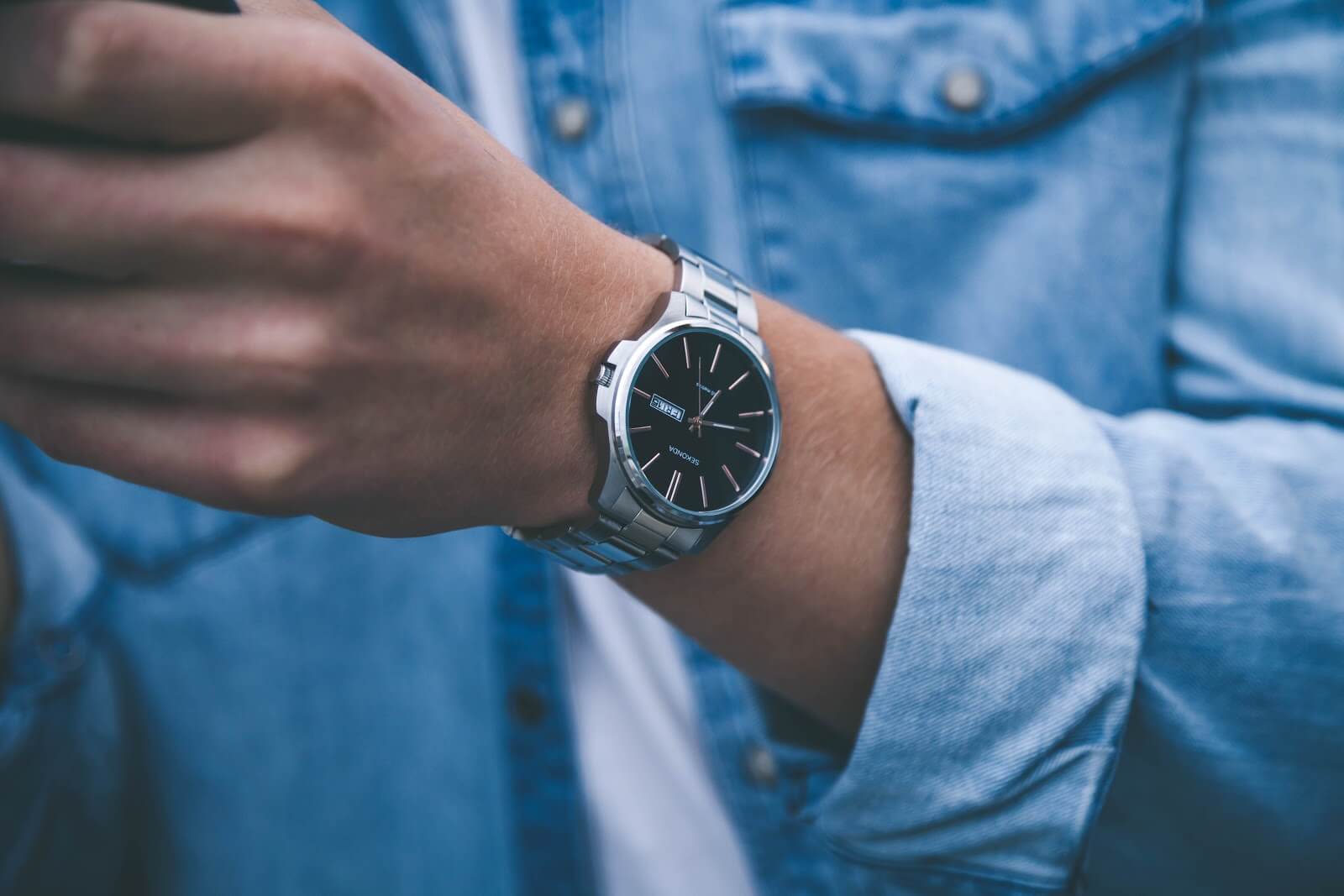Unlike stretchy pants, socks or ties, with watches - one size certainly does not fit all.
In fact, when it comes to picking the right watch size, we think that there should almost the same amount of decision-making time that goes into picking the right watch. Materials, width, wrist thickness - all important measurements to take in order to get maximum enjoyment out of your new timepiece.
To make things a little more comfortable, the Watch Direct team have compiled a list of considerations for you to take on-board during the buying process. It’s certainly not rocket science, but if you have a tape measure on hand, and a thinking cap nearby, you can better understand your size and pick a ticker you’ll love for years to come.
Understand your wrist size
Every wrist is different: some are slim, some are thick, some are wide-set and some are very bony; but watchmakers know this, and design watches to accommodate all shapes and sizes. The best thing is that you can find out your own, simply with a tape measure.
As a general rule of thumb, if your wrist is between 14 to 16cm, it is the slimmest wrist watchmakers will create watches for (unless you had one specially made). A slender wrist sits between 16 to 17cm, 17cm to 18cm is a medium wrist and anything above 18cm is a wide-set wrist. Many fashion experts denote that thicker watches suit sports watches, and a thinner wrist flatters more decorative dress watches.

Watch face - and watch band - width
The diameter of the casing on your watch face makes a huge difference to the appearance of a watch on the size of your wrist. Most men’s watch diameters range from 38mm to 46mm, and for women, it is 26mm to 29mm - note that any diameter that is either side of this sizing range is usually too big or too small (and looks it).
For a band, work with the theory of halves. As The Trendsetter states, “[the] most well-proportioned watches feature a width that is half of the case diameter. Therefore, if your watch features a 42mm case, it should have a 21mm band width.” But this depends on the individual, and their choice in a watch aesthetic - some will know that a certain thickness looks better and may opt for that on theirs.
![]()
Strap material
Of course, the material of a strap is entirely a matter of personal preference, but leather watches often suit people with slimmer wrists. On the other hand, metal or stainless steel straps will fare better on folk with thicker wrists (because they appear heavier). Be careful with patterns as well - just like on clothing, certain strap patterns will only serve to unflatter you.
If you’re still unsure, The Trendspotter departs with these words of timely wisdom: “If you have a thin or slender wrist, pick a watch with a small case and slim band. If you have a thick wrist, select a watch with a large case and band that is broader.
Thin bands and bracelets, such as Milanese and leather styles, suit slender wrists best while thicker metal clasp styles look good on larger frames. Choose a watch with a minimal design if you have a small wrist or one with a busier face and more functions if your wrist is large.”

ABOUT WATCH DIRECT:
Watch Direct is Australia’s number one watch website for brand new, high-quality designer watches. They’re exactly the same as those you would find in the shops, simply with a better price tag. A range of styles, brands and designs offer a perfect potential watch for every buyer - including Armani, Citizen, Tissot, Breitling and many more. Hurry, time is ticking!


